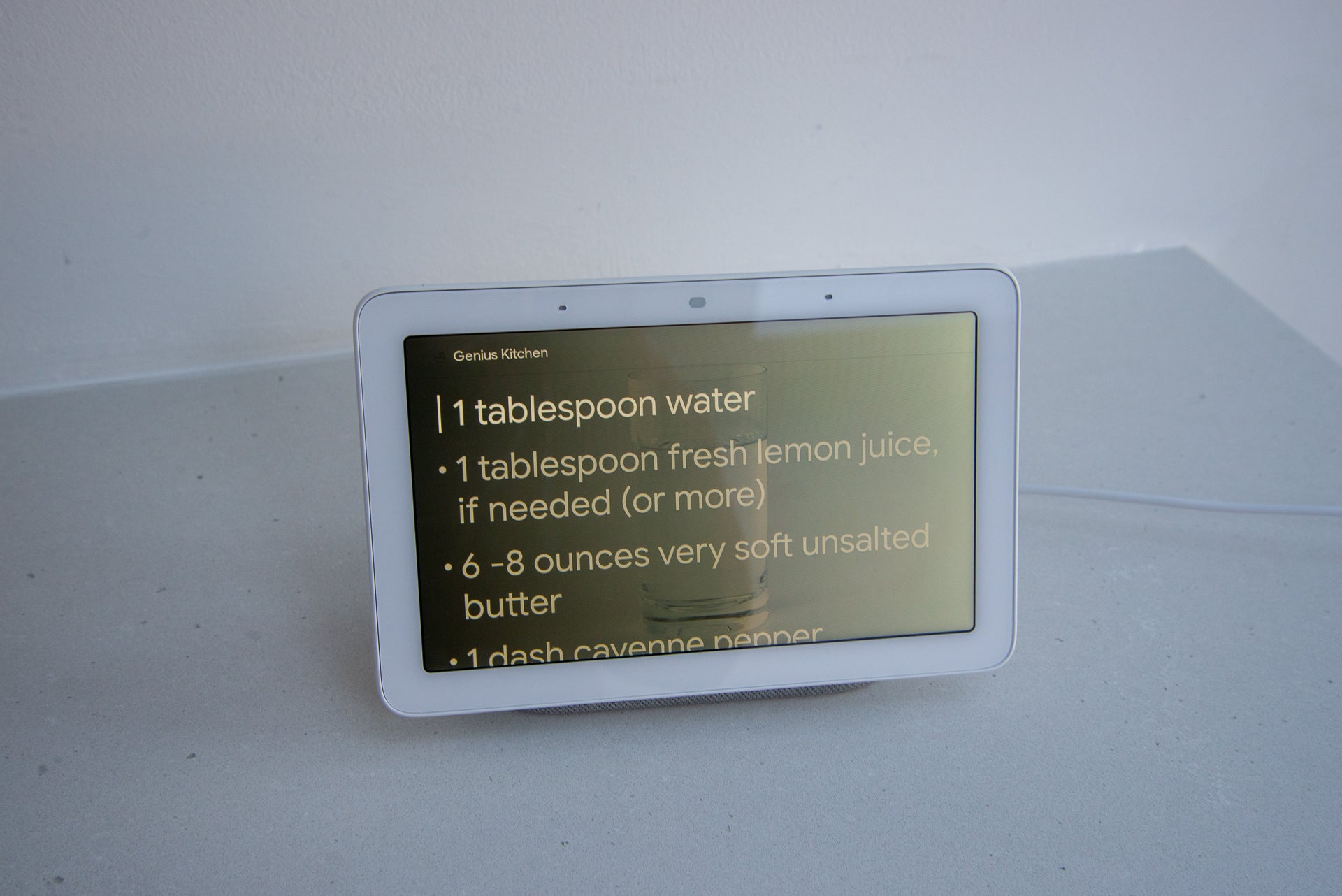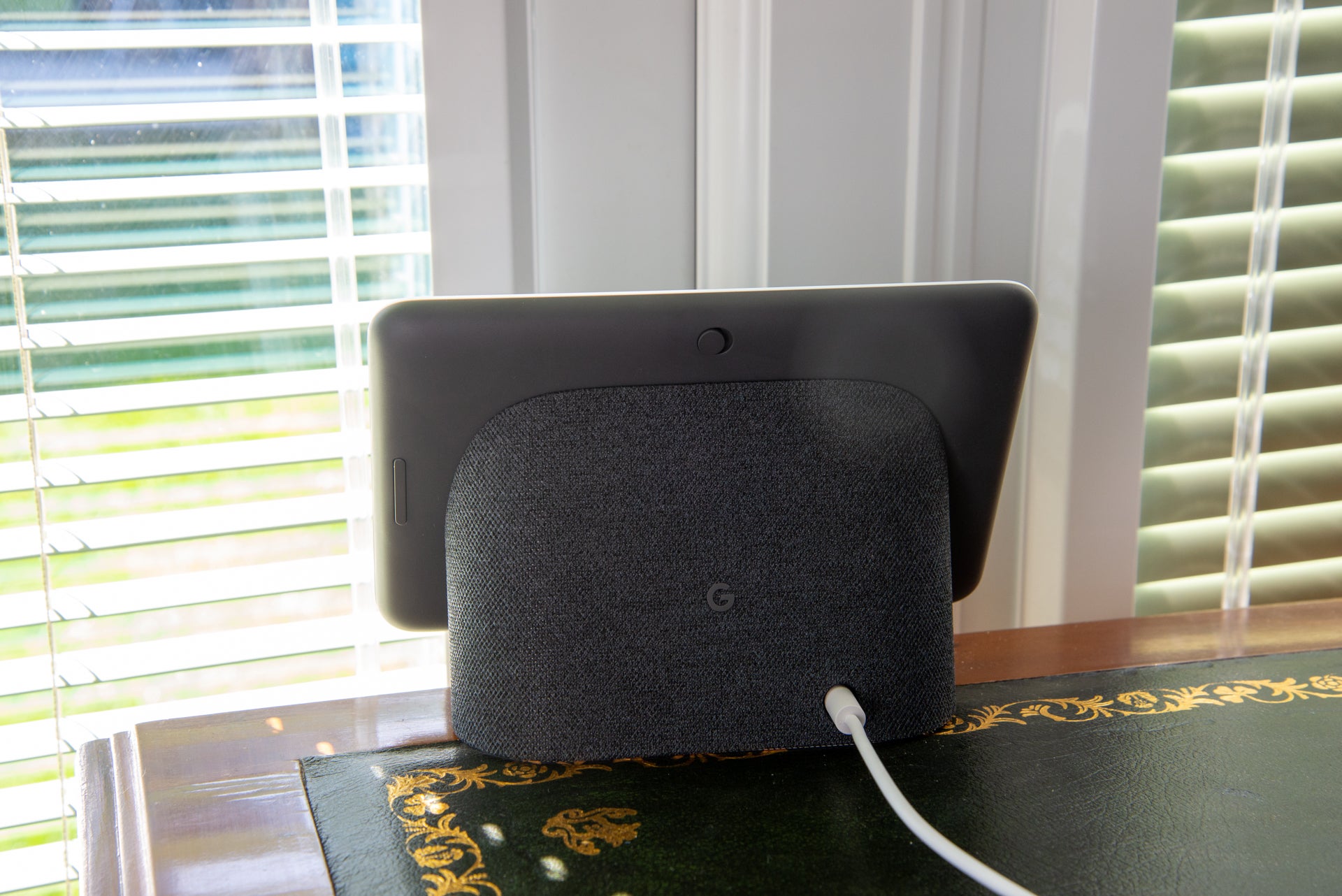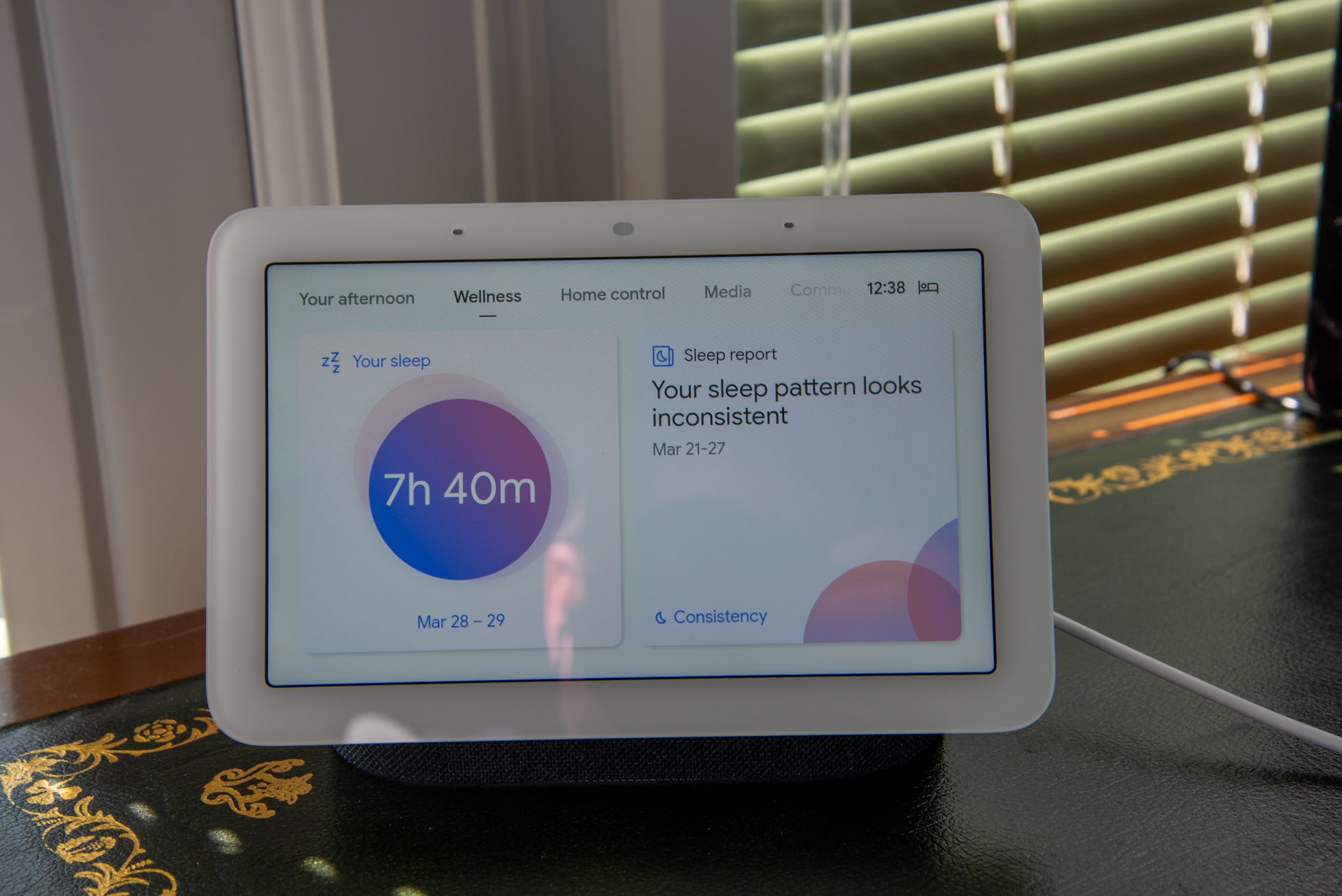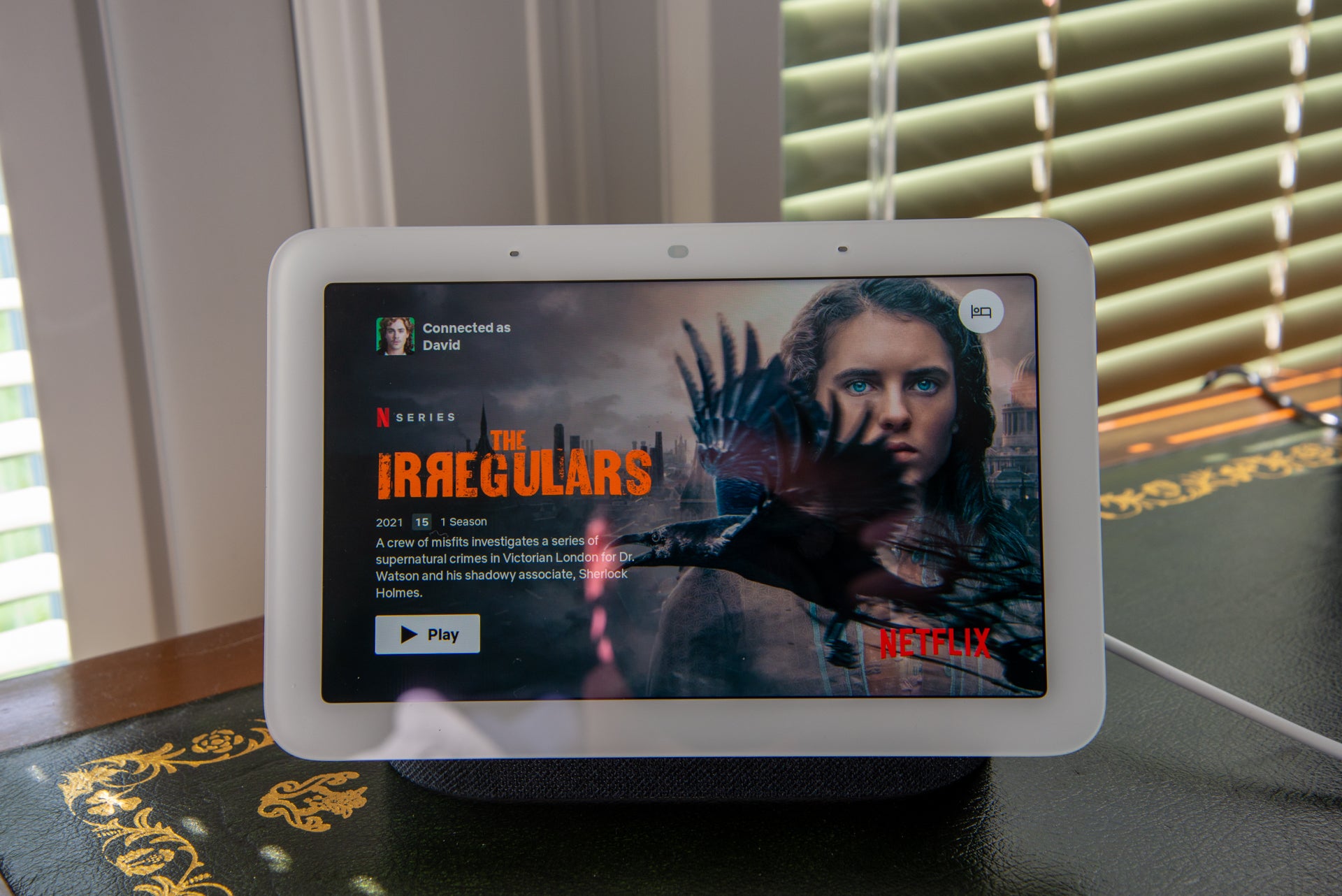Google Nest Hub (2nd gen) vs Nest Hub – Should you upgrade?

Finally, after almost three years, Google has released a brand-new Nest Hub smart display. Has it been worth the wait, or is the new one a dud?
Well, the answers are a bit more nuanced and complicated, so I’ve pitted the Google Nest Hub (2nd gen) vs Nest Hub to help you make the right buying decision.
Google Nest Hub (2nd gen) vs Nest Hub Design – Really, nothing to tell between the two
If you place the new Nest Hub next to the old one, you’d be hard pushed to tell the difference between the two. The new model is available in an additional colour and the two are slightly different sizes ( 177 x 120 x 70mm for the new, 179 x 118 x 67mm for the old). However, the basic design stays the same, with the 7-inch display floating on a material base.
The new model does have a rimless screen, which makes it easier to clean and it also looks a touch more streamlined. With the old model, there was a small bezel around the outside, which could collect dirt.

With the new model, Google has moved to using 50% recycled plastics (that’s a lot of old water bottles, in case you’re interested), but this makes no difference to the look and feel.
Deal: Google Nest Hub Gen 1 for just £59.97 (was £79.99)
Control layout is the same on both models, too. At the back, you get a switch to turn off the microphone, and there are physical volume controls. Neither model has a webcam built-in, either. In short, if you’re buying on looks, then really either model will do.

Google Nest Hub (2nd gen) vs Nest Hub Features – A few extras with the new model
Both models use Google Assistant, so the features are very similar. In fact, you can read my Google Assistant Guide to find out more about the options available. In short, you can ask general questions, find out what’s going on in your calendar, get directions and see what the weather is like.
The new Nest Hub (2nd gen) has the Google Soli low-power radar built-in. This can detect motion without the need for a camera. One of the main uses for this is Motion Gestures, which you activate by slapping your hand towards the screen. This can snooze alarms and play/pause media. It works surprisingly well and can be much easier than using your voice.
The Nest Hub (2nd gen) also uses this motion sensor to detect how well you slept, along with its microphones to detect snoring and coughing. Sleep Sensing is a free feature for now but will be a paid-for option next year. To get it to work, you have to place the Nest Hub at head height (it’s no good if your bedside table is too high or too low), and you need to place the display back far enough for it to work. In many cases, it isn’t worth the hassle to set up.
When it does work Sleep Sensing shows you on-screen how you slept and sends the data to Google Fit, too. The information is mildly interesting, but it doesn’t give you much to go on in terms of improving your sleep.

There’s a Thread radio built into the 2nd gen product, which is disabled for now. When enabled, it will let the Hub control Thread-compatible smart home devices via this low-power protocol. Today, there are few Thread products, but if the standard takes off, the new Nest Hub could prove to be very useful.
Google Nest Hub (2nd gen) vs Nest Hub Sound Quality – A small step forwards for the new hub
Google says that the Nest Hub (2nd gen) has 50% more bass when compared to the original product.
That’s certainly true, but the bigger benefit is that audio is more balanced on the new smart display. Whereas the old model was a little indistinct, the new Hub has cleaner, clearer audio. In fact, it’s good enough to listen to the occasional bit of music on, and great for voice radio and audio replies. However, audio quality still isn’t the best and the mid-range gets compressed and a bit muddled. While the new speaker is better, then, a dedicated smart speaker for music is a better choice.
Deal: Google Nest Hub Gen 1 for just £59.97 (was £79.99)
Google Nest Hub (2nd gen) vs Nest Hub Video Quality – Largely the same experience
Both Nest Hub (2nd gen) and the original support Netflix, YouTube and Disney+ video services. You can cast directly to the devices from your phone, and catch up on your favourite TV shows and films. Both displays have a 7-inch display with a resolution of 1024 x 600, which doesn’t sound that high.
However, given the screen size and typical viewing distances, both Hubs look sharp whether you’re watching video or viewing extra information alongside a voice reply to a request. Admittedly, the screen size does mean that if you want to watch a lot of video, you’re better off with a larger display, such as the Google Home Max.

Side-by-side, both devices have very similar image quality: they have bright and vibrant screens that are easy to see even in bright light.
Google Nest Hub (2nd gen) vs Nest Hub – Which one should you buy?
There’s really not that much new to the Nest Hub (2nd gen) bar the Soli motion sensor. This sensor is clever for quick gestures for playing/pausing video, but the Sleep Sensing technology didn’t prove to be particularly useful. Better audio is good to hear, but the difference isn’t as great as you might think; certainly, for listening to a lot of music, I’d want a proper music speaker.
As a result, if you have the original Nest Hub, then there’s not a lot to upgrade to here. However, if you don’t have a smart display and want a Google Assistant-powered one, or you want to add a second display to your home, the new model is still a good choice and is excellent value.


